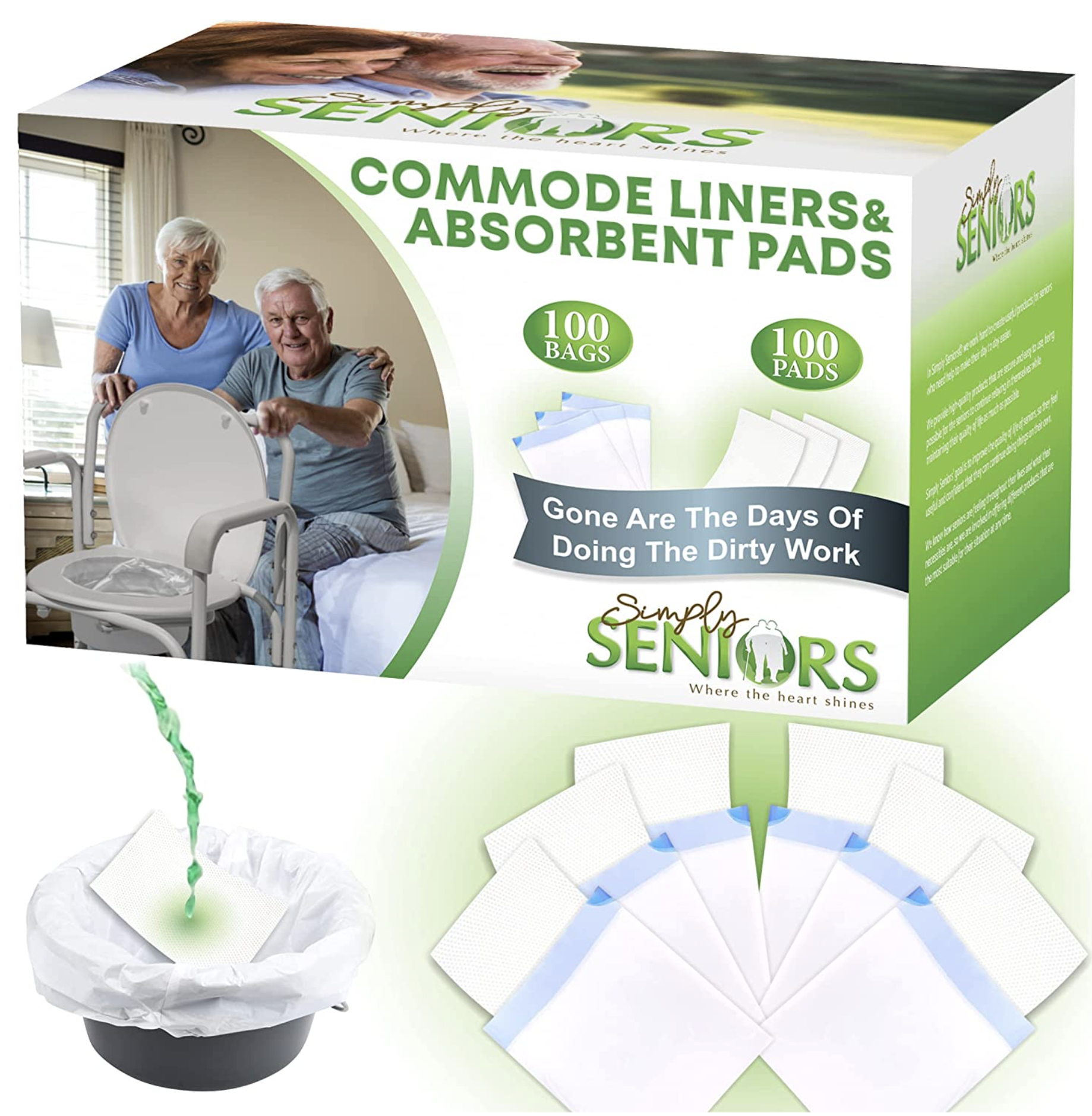Commode liners with pads and traditional liners serve the same basic purpose, which is to contain and dispose of waste from commodes or bedpans, particularly in healthcare settings or for individuals with limited mobility. However, they differ in their design and functionality, each having its own set of pros and cons.
Commode Liner with Pad:
Pros
1. Absorbency:
Commode liners with pads often come with absorbent pads or gelling agents that turn liquid waste into gel, minimizing odors and making disposal more convenient.
2. Odor Control:
The added pad or absorbent material helps control and reduce unpleasant odors associated with waste.
3. Ease of Cleanup:
The gel-forming properties of the pad make cleaning and disposal more manageable, as it reduces the risk of spills and leaks.
4. Convenience:
The all-in-one design can be more convenient, especially for caregivers or individuals with limited mobility.
Cons:
1. Cost:
Commode liners with pads may be more expensive than traditional liners due to the additional absorbent materials.
2. Environmental Impact:
Some disposable pads may not be environmentally friendly, contributing to waste in landfills.
Traditional Commode Liners:
Pros:
1. Cost:
Traditional liners are often more cost-effective than commode liners with pads, making them a budget-friendly option.
2. Simplicity:
They are straightforward to use without additional features, making them easy to handle.
3. Variety:
Traditional liners come in various sizes and materials, providing options based on individual needs and preferences.
Cons:
1. Odor Control:
Traditional liners may not have the same level of odor control as those with added pads or absorbent materials.
2. Cleanup:
Without the added absorbency, cleaning up liquid waste can be messier and may require more effort.
3. Disposal:
Proper disposal of waste may be more challenging without the gel-forming properties found in some commode liners with pads.
Ultimately, the choice between a commode liner with a pad and a traditional liner depends on individual needs, preferences, and the specific situation. Factors such as cost, ease of use, absorbency, and environmental impact should be considered when selecting the most suitable option. Additionally, regulations and guidelines in healthcare settings may influence the choice of commode liners.


